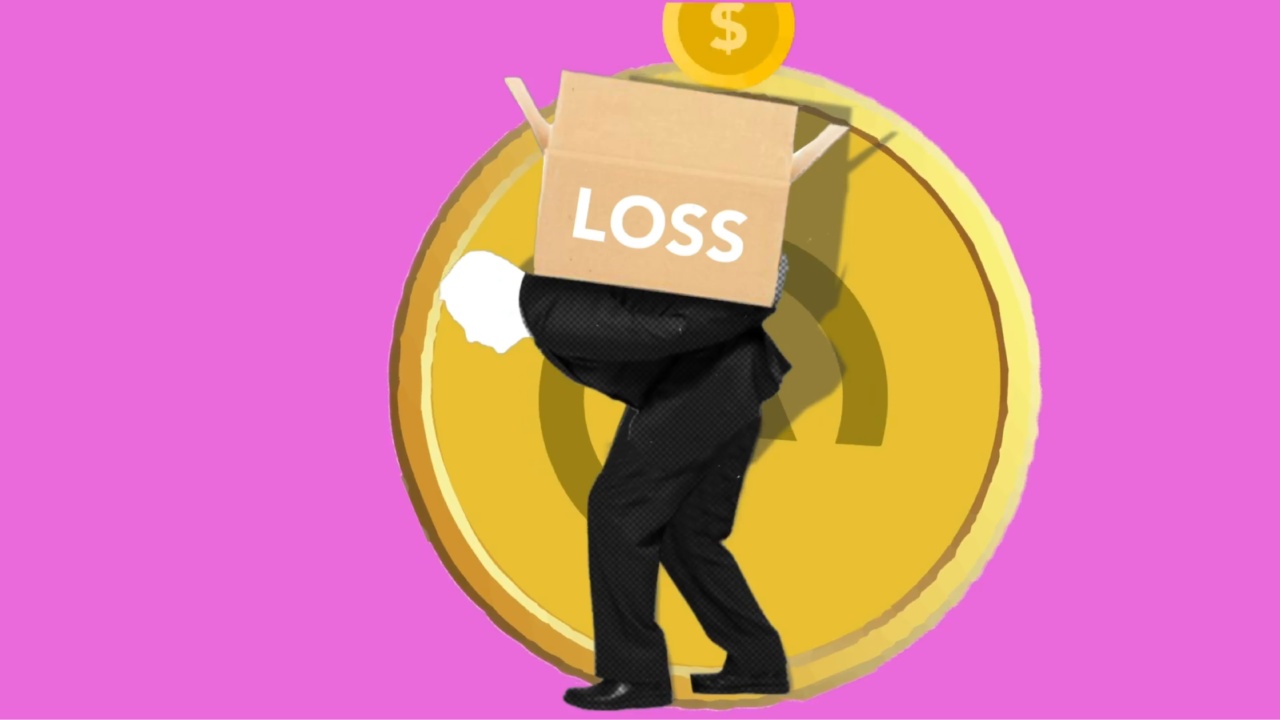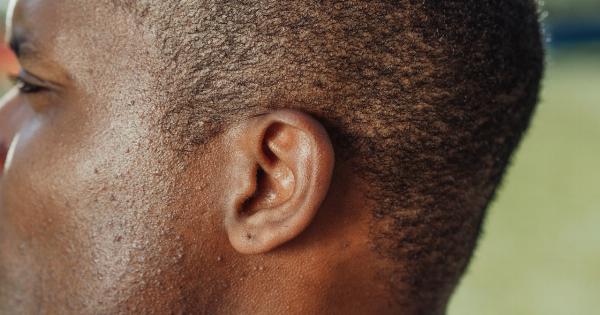Hearing loss is a common problem facing individuals of all ages across the globe. It can result from various causes, including aging, exposure to loud sounds, ear infections, head trauma, and genetics.
While most people view hearing loss as a communication and social issue, its effects go beyond that. According to research, hearing loss is strongly associated with an increased risk of injury in both young and older individuals. In this article, we discuss the link between hearing loss and injury risk.
How Hearing Loss Increases Injury Risk
Individuals with hearing loss have a reduced ability to perceive sounds, especially soft or high-pitched ones, and to locate where noises are coming from.
As a result, they may fail to hear warning signals or approaching danger, such as a car honking, a person shouting, a fire alarm, or a falling object. This delay in auditory processing can cause them to react slowly or not at all, increasing their risk of accidents.
Falls are a leading cause of injury in people with hearing loss, especially older adults. Studies show that they are three times more likely to experience falls than those with normal hearing.
This is because their balance and gait may be affected by their inability to detect changes in surface texture, vibrations, and auditory spatial cues, as well as to monitor their own movements through the sound of footsteps and breathing. Falls can result in fractures, head injuries, and other disabilities, which can further worsen hearing loss and reduce the quality of life.
Hearing loss is also linked to increased work-related injuries. Employees with hearing loss may not hear instructions, alarms, or machinery sounds properly, which can lead to errors, accidents, and even fatalities.
Workers with hearing loss are also more likely to experience job stress, fatigue, and social isolation, which can impair their cognitive function, mood, and judgment.
In addition, hearing loss can pose a danger to drivers, cyclists, and pedestrians. Hearing-impaired drivers may fail to hear emergency sirens, horns, or other sounds that signal a hazard or traffic rules.
Similarly, cyclists and pedestrians with hearing loss may not be able to detect approaching vehicles, cyclists, or other hazards, putting them in harm’s way.
Risk Factors
The risk of injury associated with hearing loss varies by individual and depends on several factors. These include:.
Severity and type of hearing loss
The degree of hearing loss and the type of hearing loss (conductive, sensorineural, or mixed) can affect how well an individual can perceive sounds and locate their source. Severe to profound hearing loss is associated with the greatest risk of injury.
Age of onset
The earlier the age of onset of hearing loss, the greater the impact it can have on cognitive, emotional, and social development, as well as on balance and mobility.
Individuals with congenital or early-onset hearing loss may have more difficulty adapting to their environment and may require more support and intervention to prevent injuries.
Exposure to noise
Noise-induced hearing loss is a common cause of hearing loss, particularly in occupational settings.
Individuals who are exposed to loud noise, such as construction workers, factory workers, or musicians, are at higher risk of hearing loss and associated injuries, such as tinnitus, hyperacusis, and noise-induced hearing loss.
Co-existing health conditions
Individuals with hearing loss may also have other health conditions, such as sight loss, cognitive impairments, or chronic diseases, that can affect their overall functional status and increase their risk of falls and accidents.
Preventing Injuries in Individuals with Hearing Loss
Prevention is key to reducing the risk of injuries in individuals with hearing loss. Here are some strategies that can help:.
1. Hearing aids and cochlear implants
Hearing aids and cochlear implants are effective devices that can amplify sounds and improve speech recognition in people with hearing loss.
They can enhance the ability to perceive warning signals and locate sound sources, reduce mental fatigue, and improve balance and gait.
2. Environmental modifications
Environmental modifications, such as installing smoke detectors, visual alarms, and tactile warning systems, can help individuals with hearing loss to detect hazards and react in a timely manner.
Rearranging furniture, lighting, and signage can also improve visual cues and reduce trip hazards.
3. Assistive technology
Assistive technology, such as low-vision aids, telecommunication devices, and personal alerting systems, can improve communication, safety, and independence in individuals with hearing loss.
They can also reduce workplace accommodations and improve productivity.
4. Training and education
Training and education programs can promote awareness and understanding of the unique needs and challenges of individuals with hearing loss.
They can teach coping strategies, fall prevention, and emergency preparedness, as well as provide emotional and social support.
Conclusion
Hearing loss is a common and often under-recognized problem that can significantly increase the risk of injury in both young and older individuals.
Understanding the causes and consequences of hearing loss and implementing appropriate prevention measures can help to reduce the burden of injuries and improve the quality of life of hearing-impaired individuals.






























